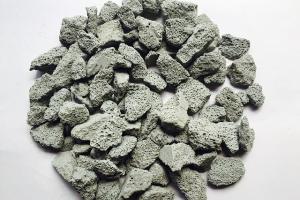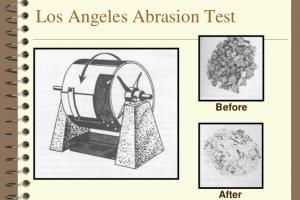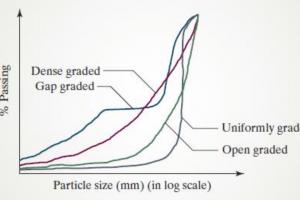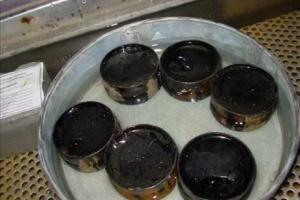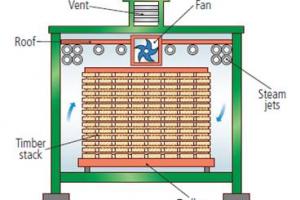Properties of GeoTextiles for Civil Engineering Applications
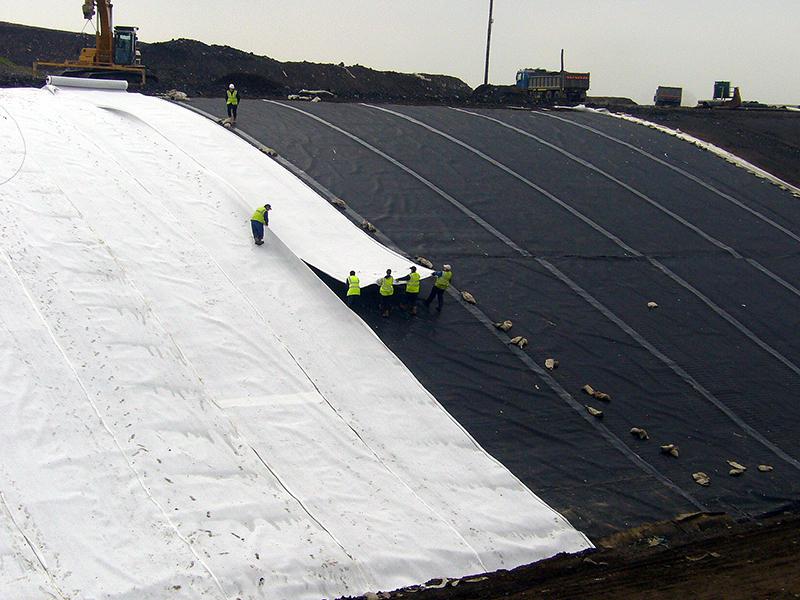
Properties of GeoTextiles
Because of the wide variety of geotextiles available along with their different polymers, filaments, bonding mechanisms, thicknesses, masses, and so on, different types of geotextiles have a wide range of physical and mechanical properties.
A further complicating factor is the variability of some properties, even within the same manufactured lot or roll. Differences may sometimes be due to the test procedures themselves. Consequently, the test values from these tests may not relate well to the civil engineering conditions of a particular application.
Furthermore, soil confinement or interaction is not accounted for in most geosynthetics testing. Research is underway to provide test procedures and soil–geosynthetic interaction properties more appropriate for the design.
Geotextiles are versatile synthetic materials used in civil engineering for various applications. They are typically made from polypropylene or polyester fibers and are designed to have specific physical and mechanical properties to meet the requirements of different geotechnical projects. Here are some fundamental properties of geotextiles:
Filtration:
Geotextiles act as a filter by allowing the passage of water while preventing the movement of soil particles. They effectively separate different soil layers, preventing the clogging of drainage systems and maintaining the stability of the soil.
Separation:
Geotextiles provide a separation layer between different soil types or materials, preventing the mixing or intermingling of materials. This property helps to maintain the integrity and functionality of the engineered structure.
Drainage:
Geotextiles can promote the efficient drainage of water by allowing it to pass through while retaining the soil particles. They are often used in drainage applications such as roadways, retaining walls, and landfills to control water flow and reduce hydrostatic pressure.
Reinforcement:
Geotextiles can improve the mechanical strength of soil by acting as a reinforcement material. They enhance the load-bearing capacity of weak soils, such as soft clay or loose sands, and provide additional stability to slopes, embankments, and retaining walls.
Protection:
Geotextiles offer protection to underlying materials by acting as a barrier against damage from external factors. They can shield geomembranes, liners, or other vulnerable materials from punctures, abrasion, or chemical exposure.
Erosion control:
Geotextiles help control erosion by stabilizing soil surfaces and preventing the loss of soil particles due to water flow or wind. They are used in erosion control blankets, sediment control applications, and coastal protection structures.
Permeability:
Geotextiles have varying permeability characteristics, which allow the controlled flow of fluids, such as water or gases, through the material. Permeability is an important property in applications where filtration or drainage is required.
Durability:
Geotextiles are designed to have high tensile strength, puncture resistance, and UV stability to withstand the harsh conditions encountered in civil engineering projects. They are engineered to have long-term durability and perform effectively over the expected design life.
It's important to note that different types of geotextiles can have variations in their properties to suit specific project requirements. The selection of the appropriate geotextile is based on factors such as project specifications, soil characteristics, hydraulic conditions, and desired performance objectives.
Tensile Properties of Geotextiles
- Tensile strength refers to maximum tensile stress.
- Stress is often given as load per unit width for geosynthetics, ignoring thickness.
- Toughness is the work done per unit volume before failure (area under stress-strain curve).
- Modulus can be defined in several ways based on tensile behavior:
- The initial tangent modulus is used when the stress-strain response is initially linear.
- Offset tangent modulus is used when the initial slope is shallow.
- Secant modulus is the slope of the line connecting the origin and a specified strain value.



